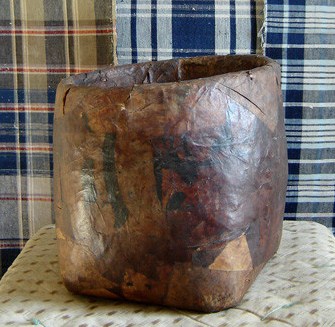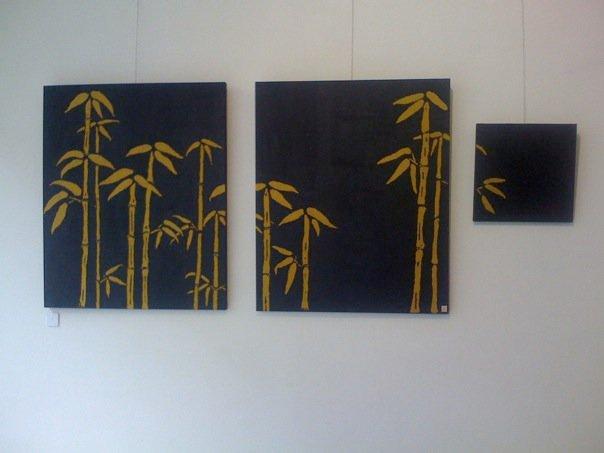
 The Higuchis are both inspired by items from nature. Kimiake often works with flowers or vegetables she grows herself in her extraordinary gardens and creates works of such startling clarity and color one can almost believe they are real. “I pick each bloom or leaf in the moment of its prime, and in my hands the plants become glass.”
The Higuchis are both inspired by items from nature. Kimiake often works with flowers or vegetables she grows herself in her extraordinary gardens and creates works of such startling clarity and color one can almost believe they are real. “I pick each bloom or leaf in the moment of its prime, and in my hands the plants become glass.” 
Photo credits: 1. via GlassFacts.info, 2 & 3. via Corning Museum of Glass






























































